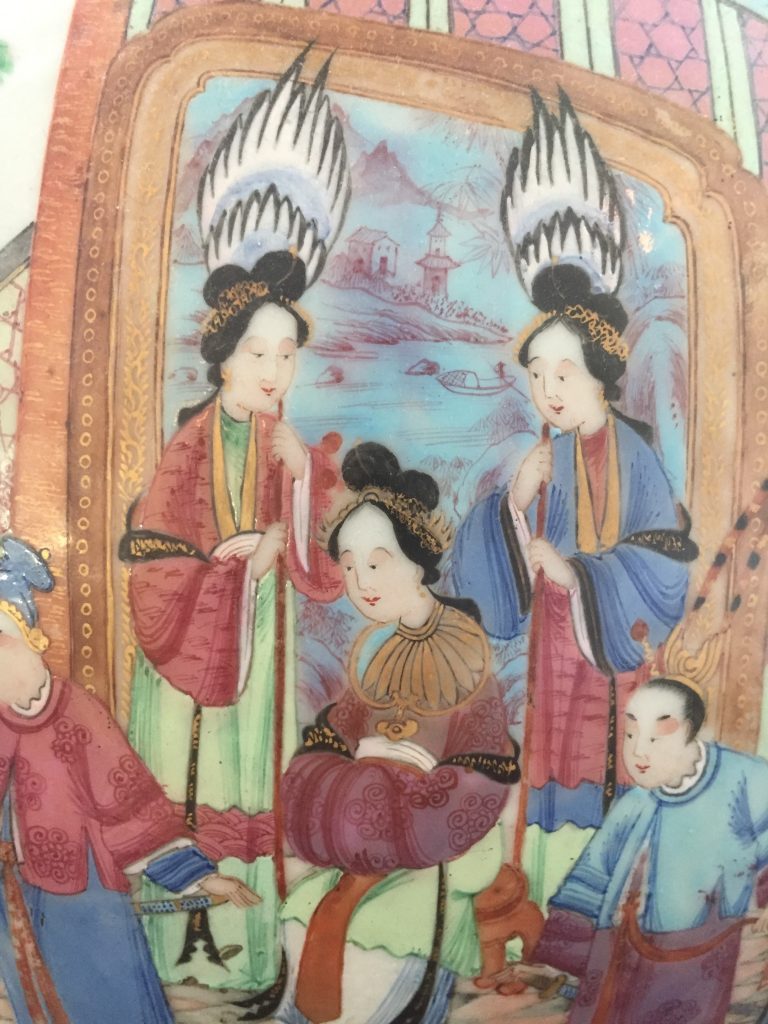Chinese porcelain – value in the details
Chinese domestic and export market porcelain is often viewed as one of the foremost examples of hand built decorative arts.
Chinese porcelain, its material quality and clarity and decorative execution have been of inspiration to Europe and the new world for centuries.
The magic and allure of Chinese celadon and pre Qing (17-20th century) porcelain was introduced to Europe via the Silk Road and Islamic trade during the 16th century.
The very fine and smooth porcelain Kaolin clay was a revelation to the countries connected by the Silk road, previously exposed to course and imperfect stoneware and isnik ware, not to mention the inferior tin glaze ware of Europe. Tin glaze ware flaked and fired unevenly.
There was no European comparison produced to hold up next to the near flawless potting, clay and glaze of the Song Dynasty (960-1279).
Chinese ware from this period exhibits characteristics of lightness, quality decoration and innovative methods of decoration, including molding, incising and stenciling.
Today a premium is paid for the light delicate potting and simple glazed of porcelain from the period.
Please feel free to contact PKR Antiques at 5614203943 or info@pkrantiques.com to discuss current appraisal values of Chinese celadon and Song-Ming porcelain & pottery.
Moving into the Qing Dynasty, hand painted under glaze and gilding was fashionable.
From the violet hues of blues popular during the Kangxi period (17th-18th) to the remarkably tight and detailed work of the Qing and republic period – Chinese porcelain evolved from incised decoration and monochrome glazes to ultra realistic depiction of spiritual allegory and the beauties of the world.

Wonderfully executed faces and detailed court features [image above- Canton 19th century, Qing Dynasty famille rose jar] were the most repeated feature of Chinese porcelain decoration during the Qing Dynasty. Today the value of Later Chinese porcelain is dependent on condition and size, but primarily based on quality of bush-work and overall decoration. Attention is paid to details depicting robes, faces and surrounding environ. Simply put – the more detailed brushwork the higher the objects value.

Comment (1)
Have 3 antique Chinese items in-laws purchased in Oslo, Norway antique auction house late 20’s early 30’s. Photos attached.
. handcarved rosewood desk
. two handcarved picture frames (16″X18″)
. handpainted Qing export porcelain tea set (4 cups w/saucers, 4 plates, teapot, cream and
covered sugar bowl)